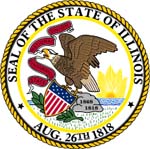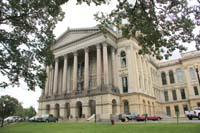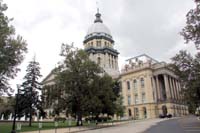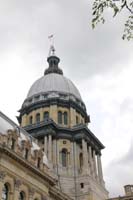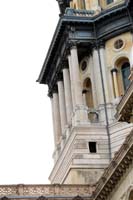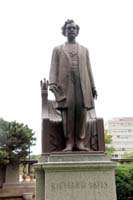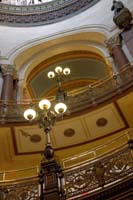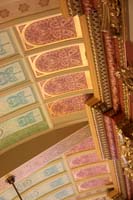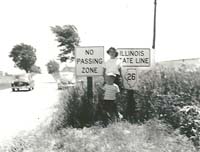|
||||||||||||
|
||||||||||||
 |
||||||||||||
|
Completed:
1840 Architect: John F. Rague Photos: Robert Deering 9/1/2014 |
||||||||||||
|
|
||||||||||||
|
On July 4, 1837, the first brick was laid for
Illinois' fifth capitol. It was designed by John F.
Rague who also designed the nearly identical Iowa
Territorial Capitol. In 1853, the capitol was
completed for a total sum of $260,000, almost twenty
times the cost of any such previous structure. The
building was designed in the Greek Revival style
from stone quarried six miles (10 km) from the site.
For many years, it was the largest and most
extravagant capitol of the western frontier of the
United States. The fifth capitol is associated with
Abraham Lincoln as it was here that he argued cases
before the Illinois Supreme Court, here that he
served with the State Legislature, here that he
first debated Stephen Douglas, here where he
delivered his famous "House Divided" speech, and
here where he lay in state after his assassination
on May 4, 1865.
As Illinois prospered and experienced several booms in population, the fifth capitol became crowded, especially as a result of relocations after the Civil War. On February 24, 1867, the state voted to construct a new larger capitol. After breaking the ground for the sixth and current Capitol in 1868, the state recouped the costs of the fifth capitol by selling it to Sangamon County for $200,000. It served as the county court house until 1961 when the state again purchased the building and restored it as a historic landmark, the Old State Capitol State Historic Site. ADDRESS: 1 SW Old State Capitol Plaza, Springfield, IL 62701 |
||||||||||||
|
||||||||||||
|
||||||||
|
||||||||
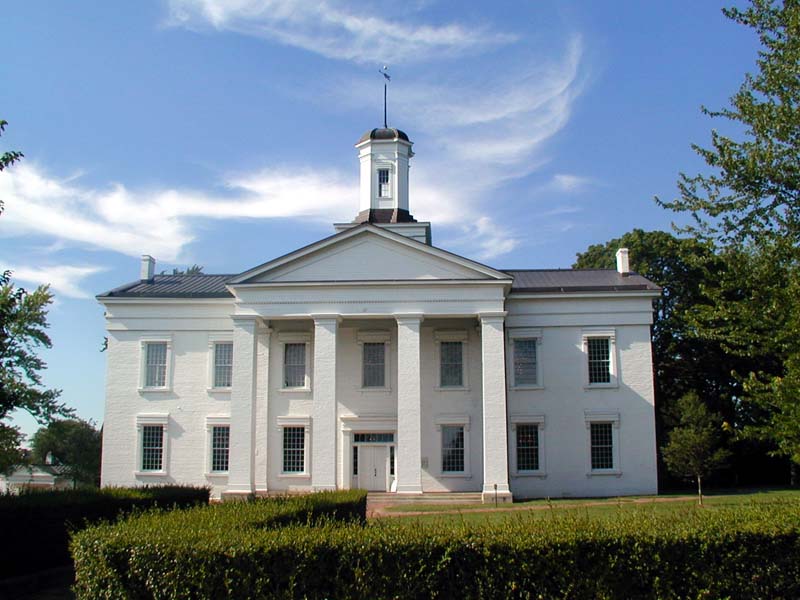 |
||||||||
|
Completed:
1836 Architect: Stock Photo |
||||||||
|
|
||||||||
|
The town of Vandalia served as the Illinois state
capitol from 1819 to 1839, until a young state
lawmaker named Abraham Lincoln led a controversial
effort to get the capitol moved to Springfield,
closer to the center of the state. This state
capitol building in Vandalia was completed in 1836,
near the end of the town’s run as the head of state
government. It’s used as a museum today. And
directly across the street from the main entrance
you’ll find a small plaza with a statue of young Mr.
Lincoln, demonstrating the folks in Vandalia have
totally gotten over Abe’s efforts to move the
capitol.
ADDRESS: 315 W Gallatin St, Vandalia, IL 62471 |
||||||||
